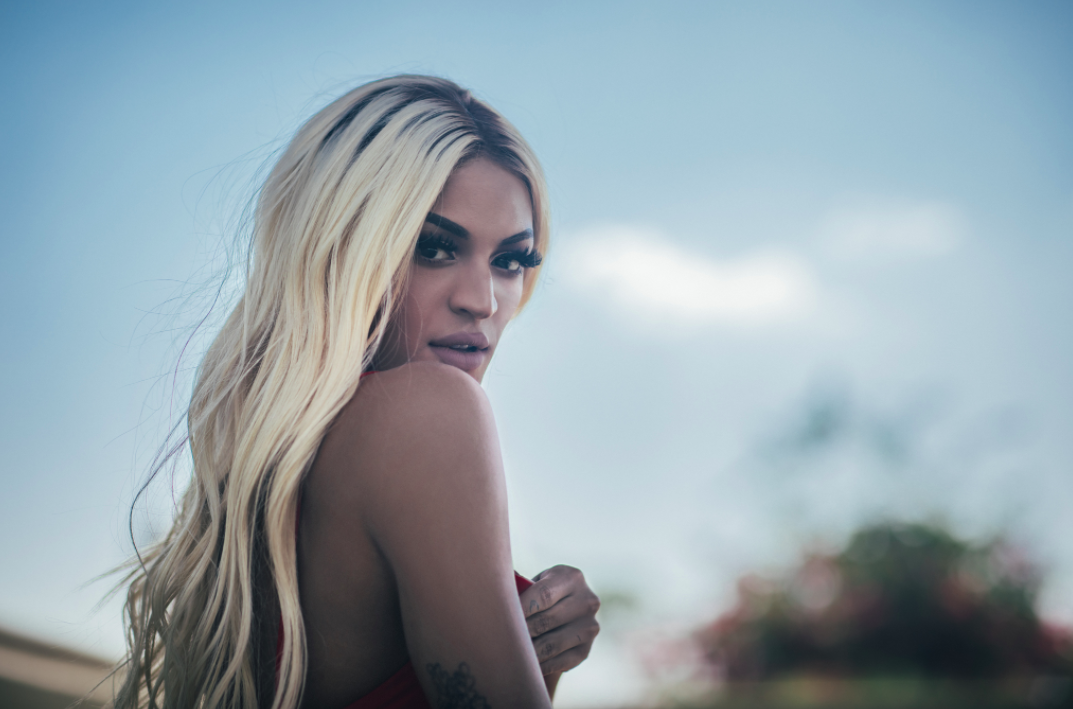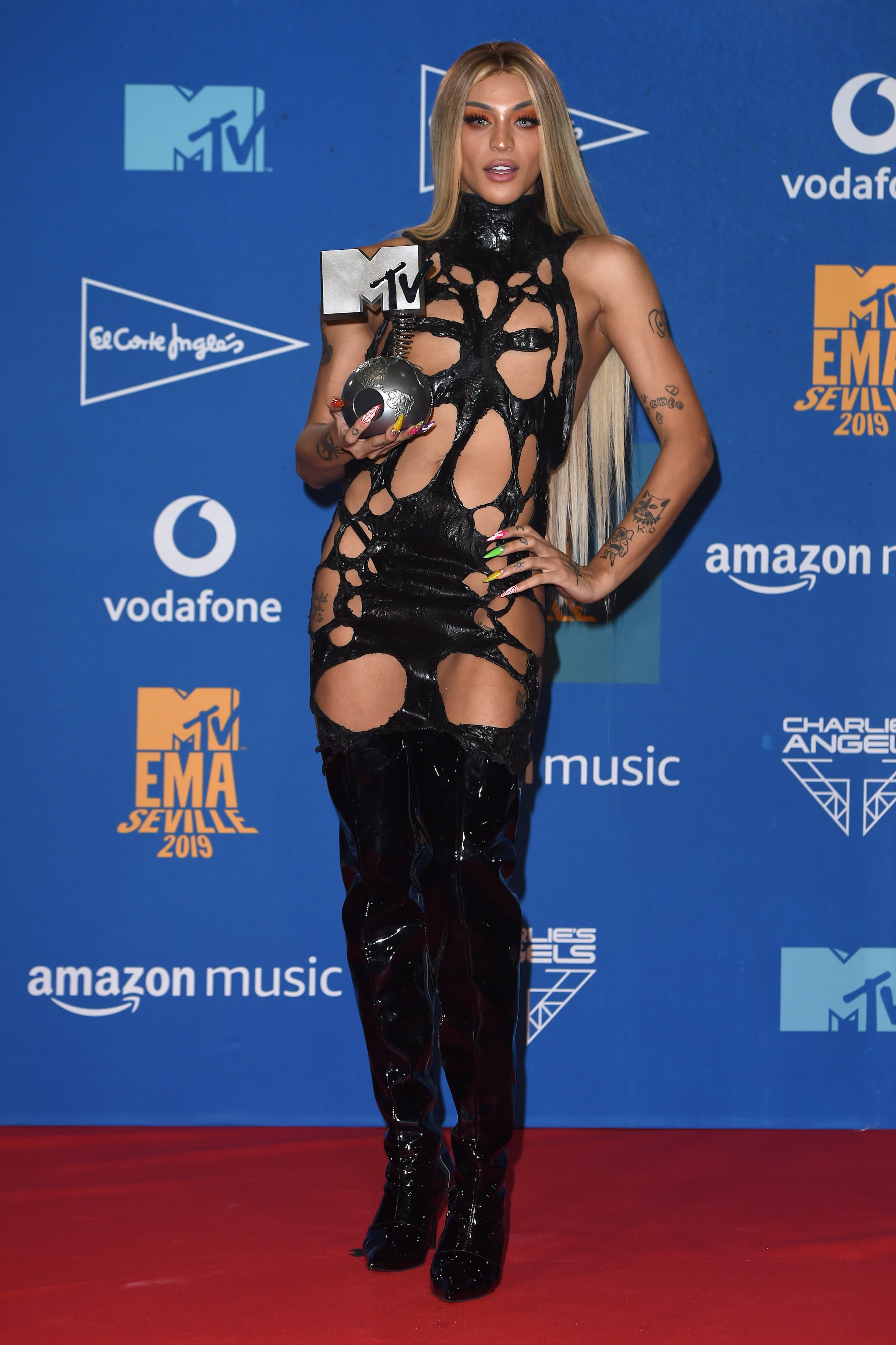2020 is looking great for Pabllo Vittar’s international career. The Brazilian drag queen and singer — who recently released her first track all sung in English, “Flash Pose,” featuring Charli XCX — will perform at Coachella, Lollapalooza Chile and Argentina editions, amongst other music festivals.
But while Vittar seems perfectly comfortable with international stages and singing in English, the road that led her to stardom couldn’t be truer to her local roots.
Growing up in the North and Northeast sides of Brazil in the early ‘2000s, Vittar’s first inspirations were frontwomen of forró, brega and calypso bands, such as Joelma Mendes, from Banda Calypso and Mylla Karvalho from Companhia do Calypso.
At that time, music and culture from peripheral spaces — or just any popular scene outside the South and Southeast of Brazil — was not really considered “pop culture.”
But this has since changed.
Today, Brazil’s mainstream musical acts come from scenes that used to be considered “regional,” like sertanejo and Brazilian funk.
As for visual and performance-driven artists like Pabllo Vittar, most of them embed regional rhythms in their sound too; as we hear in Kevinho or Gloria Groove’s blend of pop and Brazilian funk with samba and chorinho; and funk carioca queens Anitta and Ludmilla.
However, if samba has been a huge Brazilian ambassador for decades, funk is slowly getting the recognition it deserves, and sertanejo artists are no longer underdogs, the genres that Pabllo Vittar explores in her music have never really been in the spotlight of the Brazilian pop scene.
But Vittar is here to do justice to some of them.
Since her 2017 debut album Vai passar mal, Vittar has defined an artistic identity around her regional roots – sonic and performance-wise. Being born and having lived in the State of Maranhão, in the Northeast side of Brazil, Vittar was exposed to electronic forró, an effusive and romantic genre born out of Catholic celebrations that takes place in the Northeastern States during the month of June.
Originally played with sanfona (accordion), zabumba (drum) and the triangle, electronic keyboards and brass sections were added to the equation around the late 1990s, creating what was called “electronic forró.”
Pabllo Vitttar listened to forró bands like Forrozão Tropikália, and covered forró anthems while dreaming of being a star. And it was with the sound of electronic forró that the singer became popular all over Brazil in 2017, as her third single, “K.O.,” became her first major hit.
“K.O.” was followed by the buzzing and hot “Corpo Sensual,” where influences from “guitarrada” (a unique guitar playing technique created in Pará) and the synths of brega music from the state of Pará can be heard over Vittar’s strident vocals.

Having also lived in Pará as a teenager, Vittar was inspired by brega in more ways than one.
While the genre was originally meant to be danced by pairs, ballroom style, it entered a new era in the late ‘90s, when singer Joelma Mendes and guitarist Chimbinha created Banda Calypso. Mendes crafted a very distinctive performative identity for calypso, with complex choreography to be executed solo, in addition to dancing in pairs; and flashy, colorful outfits.
As the genre gained popularity in and outside of Pará, more bands came along, and Vittar found her perfect diva reference in the form of the young Mylla Karvalho.
Along with Lenne Bandeira, Karvalho was one of the lead vocalists of Companhia do Calypso, a big-band musical group that combined Pará’s brega music with references from American pop icons like Britney Spears and Madonna. Mylla Karvalho was the perfect Brazilian pop star that Spears and J. Lo fans could ever ask for: fierce, sexy, and a great dancer with astonishing stage presence.
Watching Karvalho on stage, it’s easy to see how she helped shape Vittar’s identity as a singer and performer — the drag queen even incorporated Karvalho’s famous catchphrase “E o quê?” (“And what?”) shouting it between her lyrics.

Karvalho may not be active in companhia do calypso anymore (currently, she dedicates herself to Brazilian “gospel” music), but her legacy lives in Vittar’s singing and performing style.
In a very short time span, Vittar has established herself as a relevant presence in the mainstream scene of her country, with a promising international career, while continuing to be an icon for LGBTQ community, and one of the most covered artists in the regional scenes of the north and northeast.
Even if her music videos and performances are obviously set for a more globalized platform, the art and ascension of Vittar are a win for those communities.
Besides empowering and bringing visibility to drag queen art, and to the LGBTQ community, Pabllo Vittar also represents a side of Brazil that never had their moment, nor had its artistic value acknowledged: the music and performative art of brega from Pará, and forró from northeast Brazil.
Coining her own unique musical signature, as she combines those genres with synthpop and electronic dance music, Pabllo Vittar may as well go a similar way as artists like Rosalía, BTS, or even her Brazilian counterpart Anitta: making music that appeals to the world, while still incorporating elements that speak to their respective cultures.
But, for now, the very fact that Vittar is presenting Brazil to Brazil itself, is already one hell of a feat.







